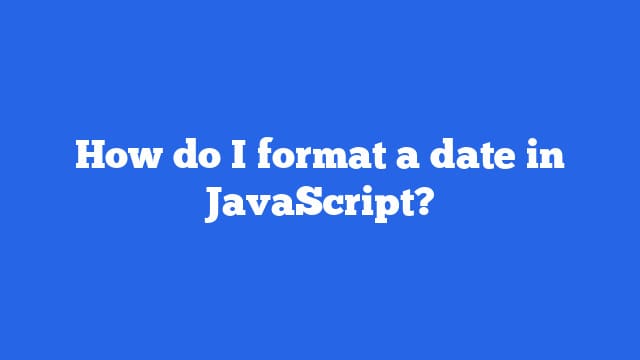To format a date in JavaScript, you can use the ‘toLocaleDateString()‘ method of the ‘Date‘ object. This method takes two arguments: a locales string and an options object, and it returns a string representation of the date formatted according to the specified locale and options.
Here’s an example of how you can use ‘toLocaleDateString()‘ to format a date:
const date = new Date();
const options = {
year: 'numeric',
month: 'long',
day: 'numeric',
};
const formattedDate = date.toLocaleDateString('en-US', options);
console.log(formattedDate); // Outputs: "December 18, 2022"The ‘locales‘ argument specifies the language and region to use when formatting the date. The ‘options‘ object allows you to specify various formatting options, such as the format of the year, month, and day.
You can find a full list of available options and their meanings in the Intl.DateTimeFormat documentation. ( click to visit)
If you want to format the date in a specific way that is not supported by ‘toLocaleDateString()‘, you can also use string templates or string concatenation to build the formatted date string manually.
For example:
const date = new Date();
const year = date.getFullYear();
const month = date.getMonth() + 1; // months are zero-based
const day = date.getDate();
const formattedDate = `${month}/${day}/${year}`;
console.log(formattedDate); // Outputs: "12/18/2022"RELATED : Loop through an array in JavaScript [Every Method]

